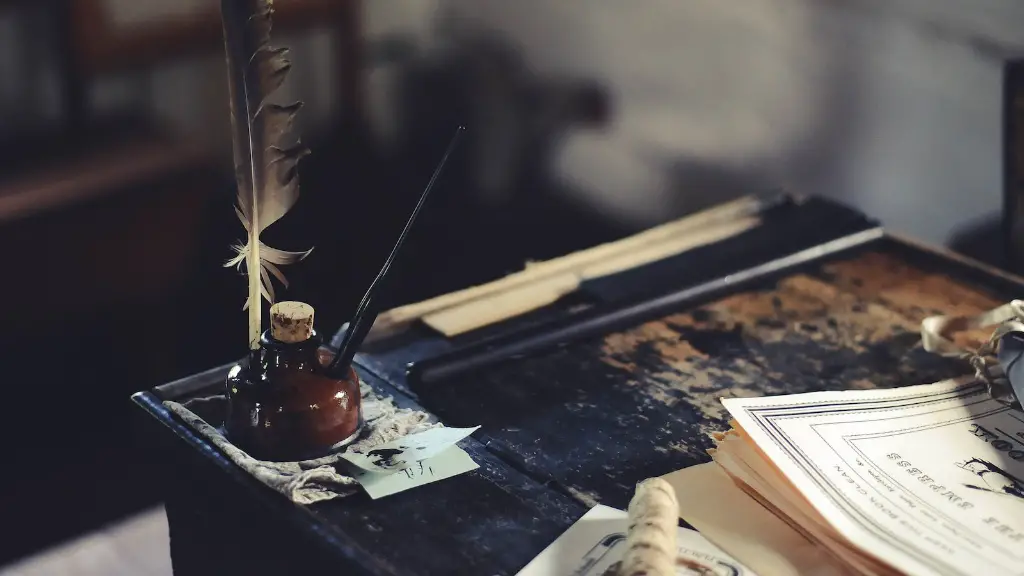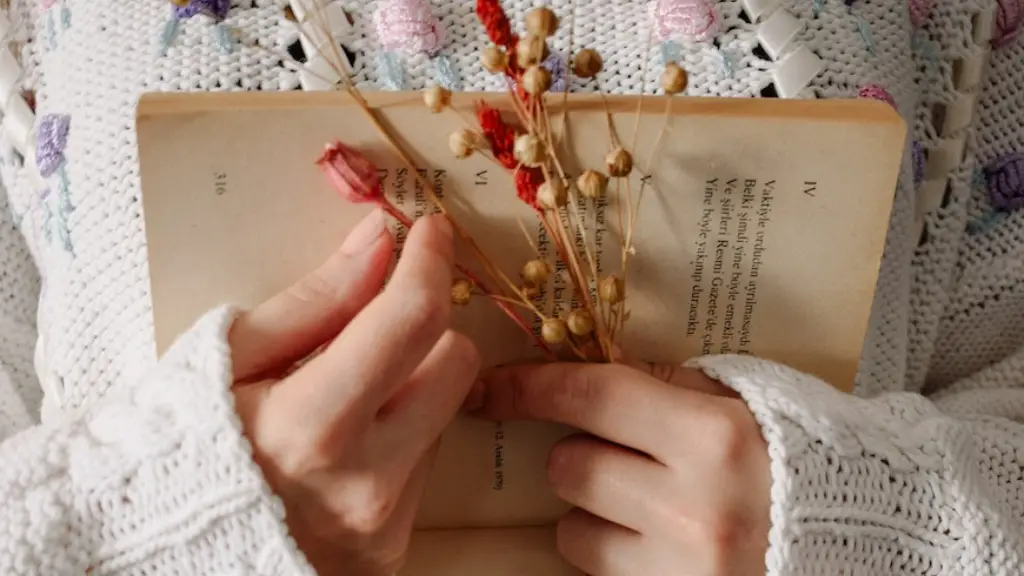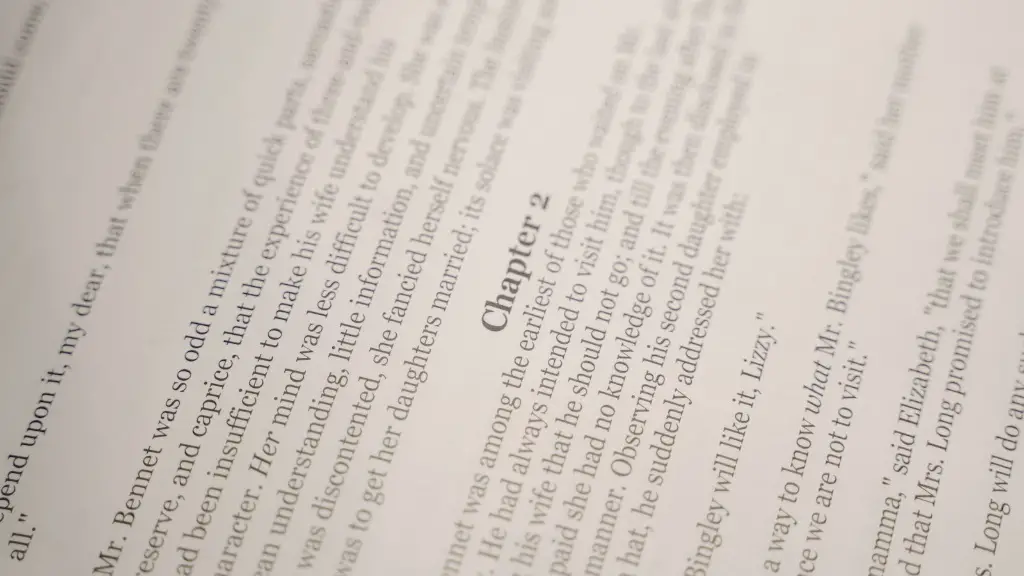Poetry, with its emotive language, captivating rhythms and infinite possibilities, can be an invaluable tool in early education. Teaching grade schoolers how to understand and appreciate poetry can be a rewarding and fun experience — an opportunity to explore the inner workings of literature and language, while exploring the emotive power of creativity. For second graders, in particular, poetry can provide a multi-faceted platform to learn important skills in reading, writing and critical thinking; it is an effective way to broaden the scope of existing learning, by engaging them in a mode of creative expression that can mix the science of words with the art of imagination.
The first step to teaching poetry to second graders is to ensure that their fundamental language skills are in place. Being aware of the level of text fluency, comprehension and phonics will give teachers a good starting point, from which to structure a range of activities that reflect the student’s abilities. Without basic linguistic skills already being in place, the task of understanding poems can be too demanding for the second grader, who may turn away from the challenge.
The next step, after a necessary assessment of the student’s skills, is to create an activity that aims to capture the students’ attention and instil a newfound enthusiasm for the subject. Simple and enjoyable activities, such as describing images and objects using poetic words and creating basic rhymes, open the door of opportunity, allowing the second grader to step into the world of poetics. By exposing them to different possibilities of expressing emotion through words alone, they can begin to explore the art of writing in a fun and exciting way.
It can be beneficial to introduce a range of poems from different authors and eras, to teach the basics of poetic language and technique. By studying these excerpts with the students, teachers can help them to understand how specific words and rhyming structures interact, to form an overall narrative. During the study of these poems, it is important to convey how themes, poetic devices, and forms can be used to tell a story or evoke an emotion, in order to get the most from the lesson.
Furthermore, once a solid foundation of poetry appreciation is established, teachers can introduce the idea of creating their own poems. This could be done in many forms, such as using word clouds to explore word composition, writing verses on current topics or using verses to describe a feeling. While allowing the second grader the opportunity to express themselves without fear of judgement, teachers should also be sure to offer positive reflective feedback, helping to monitor their progress.
Choosing Appropriate Topics
When choosing poetry topics, the teacher must remember to keep them appropriate and engaging for the second grader. Although in the long run the student may enjoy writing about personal experiences, for the younger learner, topics such as animals, seasons, or nature work much better in engaging and stimulating their creative side. This also makes it simpler for the teacher to direct the discussion and to keep it within the necessary parameters.
It is also advisable to ensure that there is some sort of structure to the lesson, so that the task of writing poetry does not become overwhelming. Introducing a certain theme, form or rhyming pattern can be a good way to give the lesson a kind of framework, to within which the student can comfortably work.
Other activities, including role play and visual art are great ways to enhance the poetry lesson, by allowing the student to personalize their experience. Reading poems aloud, analyzing different styles and playing Poetry Bingo are some great activities that can broaden their understanding of the different forms, while supporting the creation of personal and meaningful poems.
Rewarding the Student
It is also important to develop activities that have the goal of reinforcing positive behavior and attitude toward the learning experience. A simple reward system, such as giving a sticker or award for a job well done, can help to motivate the students. Sensitive treatment to their effort, as well as offering public acknowledgement, such as publishing their work in a book or on the school’s website, can help to enhance the student’s sense of pride, encouraging them to work even harder in the future.
It is also important for the teacher to remember the ultimate goal of the poetry lesson, which is the development of the student’s language skills, creativity and ability to interpret and appreciate classic texts. With the correct balance of content, structure, activities and rewards, teaching poetry to second graders can be a rewarding and educational experience for both the teacher and the student.
Instilling a Love of Poetry
Furthermore, while employing a range of techniques to teach poetry, it is essential to insure a positive learning environment and immediate feedback. By allowing them to express themselves without fear of judgement, educators have the chance to give the student a sense of freedom, that allows them to become more creative and aware of their surroundings. By providing a fun and encouraging space for the student to analyze, create and interpret poetry, teachers can create an environment that is desirable for the student to learn in, one that actively fosters an appreciation of poetics.
It is also important to focus on what the students can do with the language of poetry. While the objective may be to study its form and structure, it is crucial to consider how the student can develop the language to their own use, to create poems that are a unique expression of their own character. By initiating this kind of shared experience, teachers help to develop the student’s interest in poetry, as well as teaching language and critical thinking skills.
Fostering Imagination
One critical element in teaching poetry to second graders is the concept of encouraging imaginative thinking. While the basics of language and the structure of poems should not be ignored, the emphasis should be on embracing creative ideas, and allowing each student to become the driver of their own learning. Activities that allow the second grader to express their feelings though art, music and performance should form a greater part of the curriculum.
For example, activities such as listening to poetry and imagining a scene for it, and then physically acting that scene out, can be a fun way to reinforce comprehension. Additionally, brainstorming sessions, lead by the teacher, can encourage the student to think of their own topics based on the themes and forms they have studied. By stimulating imagination, the second grader can then use the material to write or act out varied pieces.
Recapitulating Content
A beneficial activity to foster learning and creativity would be to ask the second grader to create an illustrated recap of what they have learnt during the lesson. This can be a great way to end the day by allowing the student to express their understanding in an illustrative manner. By choosing to illustrate rather than just writing, the student can use creative expression in combination with current knowledge to sum up the concepts of the class.
Moreover, such activities can provide a platform for the student to express themselves outside of the subject matter, where necessary; ideas that may not necessarily fit into the strict parameters of the lesson. This opportunity to play with language and create vivid artwork illustrates the student’s comprehension, while providing yet another avenue of creative and emotional release.
Applying Poetry to Everyday Life
Finally, when teaching poetry to second graders, teachers should consider how to integrate such learning with the day-to-day life of the student. Incorporating examples of poetry in everyday life can help to solidify the concepts learnt in the lesson. Shopping trips, or visits to the playground, can be used to identify poetic devices on labels, or in the naming of the rides. By tying poetry to everyday experiences in this way, the teacher ensures that the second grader is able to identify poetry in their natural environment.
Incorporating poetry into the life of the second grader also provides an opportunity to discuss any related political, social and environmental issues in an age appropriate manner. By doing this, teachers provide an even richer learning experience for their students, opening the door for discussions with the second grader about their environment, the world and the power of poetics.
Encouraging Innovative Thinking
In conclusion, when teaching poetry to second graders, children should be introduced to a fun and innovative way of learning that allows for creative expression as a key part of the learning experience. It is important to give the student the opportunity to explore the emotive power of words, by exploring different genres and forms of poetry. By offering an appropriate level of guidance, the student can feel encouraged to take the initiative to be creative and express themselves freely. Through a combination of structured activities, positive reinforcement and shared experiences, teachers can help to make poetry an enjoyable and engaging subject for the second grader.




